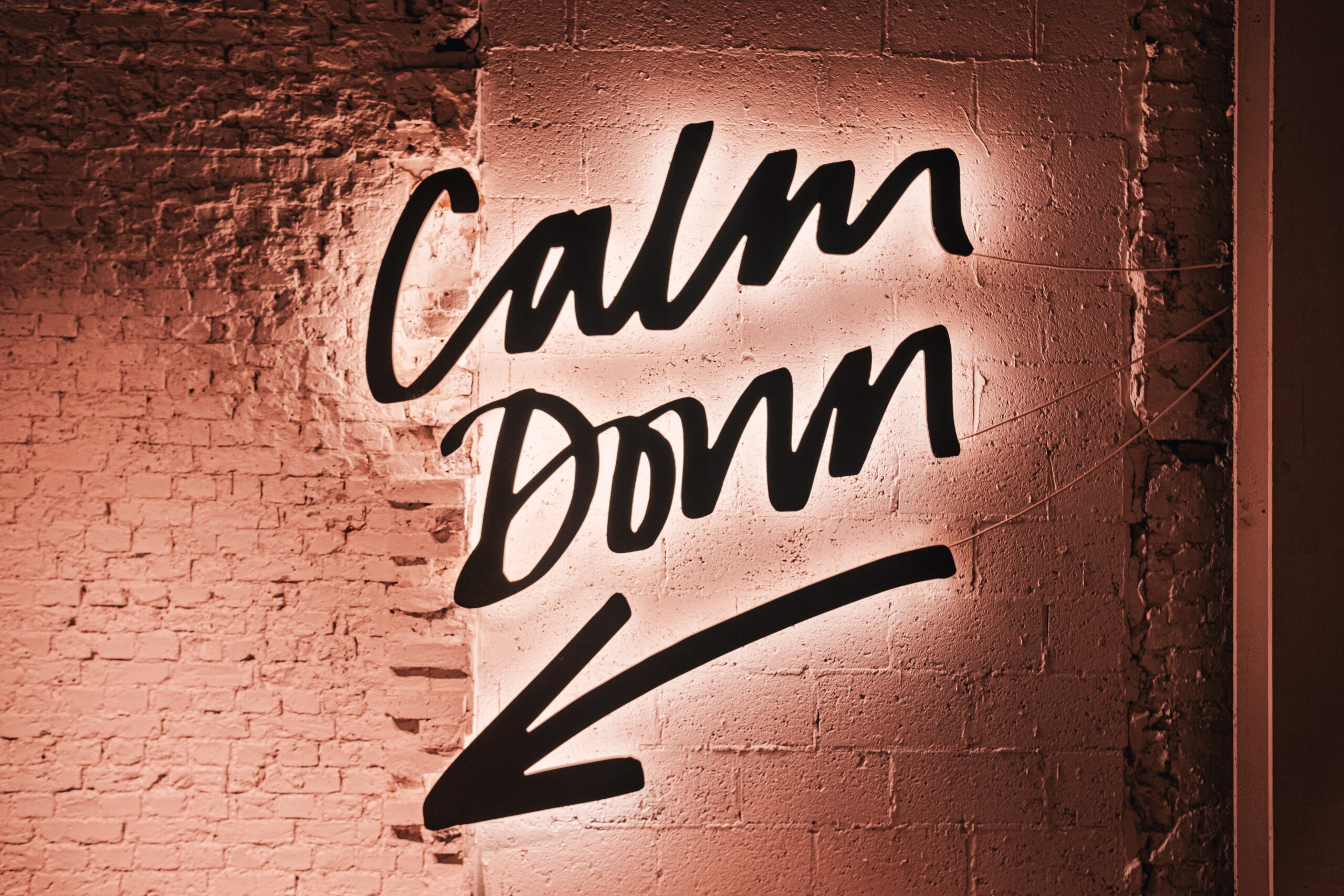There are a variety of studies and research surrounding the use of breathing methods to improve cognition, health, and performance over periods of time. Areas like meditation are devoted to exploiting breathing to change the brain and body; however, routine meditation is most effective only when practiced in the long term, over the course of many weeks and months. Neuroscientist Wendi Suzuki, who specializes in memory, learning, and cognition, in a study on short, daily mediation has demonstrated that there are significant increases in performance; however, these benefits onset eight weeks after continuous meditation, not shorter. Nevertheless, in instances such as high pressure situations in business, sport, relationships, etc. there is a need to be able to mitigate that stress on the spot.
What is stress?
Stress in the body is a generic response that is associated with increased heart rate and arousal in response to a stimulating emotional or physical event. Hindering performance, the stress response can induce anxiety and panic, which can lead to the feeling of a racing heart, forgetting one’s material when speaking, or miscalculating an easy problem. While it may seem undesirable that these social and emotional events can result in such drastic response that mimics a “fight-or-flight” situation, because emotional stress is governed in the body by the same basic system that is involved in all stress responses, there are physiological and objective tools that one can use to alleviate that stress in real time, particularly through breathing.
Professor of Neuroscience at Stanford University Andrew Huberman explains the following interactions of breathing and heart rate, but more importantly that the best way to calm down in real time is to leverage the points in our body that have a direct connection to the part of the nervous system that is responsible for deactivating the stress response. While the sympathetic nervous system is responsible for stress, alertness, and activating the body toward action, the parasympathetic nervous system performs the converse, relaxing the body, calming down, and lowering the heart rate. Breathing is an invaluable tool because the heart rate and circulatory system are directly tied to how the brain and body activate the respiratory system, which activates the parasympathetic nervous system and calming response.
How does breathing affect your heart rate?
The breathing apparatus includes the lungs, the organs that contain airways and alveoli, or tiny sacks that exchange carbon dioxide; and the diaphragm, a muscle below the lungs that moves the lungs, causing the to expand or contract. Despite the misconception that heart rate is involuntary and uncontrollable, understanding the underlying physiology behind how inhaling and exhaling has a direct effect on the heart and brain will present an accessible tool to manage stress and calm down in real time.
During inhalation, the lungs expand, and the diaphragm moves down. With this extra space in the chest cavity, the heart becomes slightly larger, providing more volume or room for that blood to flow. This same amount of blood that enters the heart, as a result, is moving slightly slower throughout the expanded heart. Detecting this nuance in how the blood moves through the heart in relation to the volume of the heart, the sinoatrial node is a small group of neurons that sends a signal to the brain that the blood content is flowing more slowly. In response, the brain compensates by signaling for the heart to speed up. In other words, when you inhale, you increase your heart rate.
The converse is true for exhalation. The diaphragm moves up as the lungs become smaller, resulting in a smaller heart volume because of the limited space. In that compact heart space, the blood that is present within it travels faster, thereby propagating a signal for the brain to slow the heart down.
The application of these breathing mechanics is direct: if you want to increase your heart rate, alertness, and arousal inhale longer and more vigorously; if you want to slow your heart rate and activate the parasympathetic system to calm down, exhale longer and more extensively in relation to your inhales.
The ultimate breathing technique to reduce stress
The physiological sigh is a very specific, stress reducing technique that the body uses to calm down naturally. In particularly, before falling asleep, in claustrophobic environments, or when sobbing or crying very hard. This is the double inhale, long exhale method: deep inhale, smaller inhale (to sneak more air in), and then a long exhale.
The reason why this method works even though there are “more” inhales than exhales is because it replenishes the alveoli, or little air sacks in the lungs responsible for gas exchange. The significance of this is that during stress, there is a building up of carbon dioxide in the blood stream, which is a waste product from cells that has the capacity to make you feel even more agitated. Therefore, reinflating the alveoli with oxygen prompts for more oxygen to be passed into the blood stream and more carbon dioxide to be excreted out, producing a calming response. In other words, the subsequent long exhale not only slows the heart down but leads to relaxation through expelling more carbon dioxide from the body.
The physiological sigh is a technique that can be used to reduce stress in real time, functionally it can be leveraged in any stress-inducing scenario such as during a presentation, interview, sporting event, emotional event, or any stressful situation, in which there is a desire to remain calm. Furthermore, because the physiological sigh is effective at both lowering heart rate and reducing carbon dioxide levels in the blood stream, this technique can be utilized after a sports session to return the heart into a restful state and recover the body faster from the intensive exercise bout. Individuals with anxiety and patients with higher heart rates may be able to quickly reduce their heart rate without taking pharmaceutical supplements or drugs.














